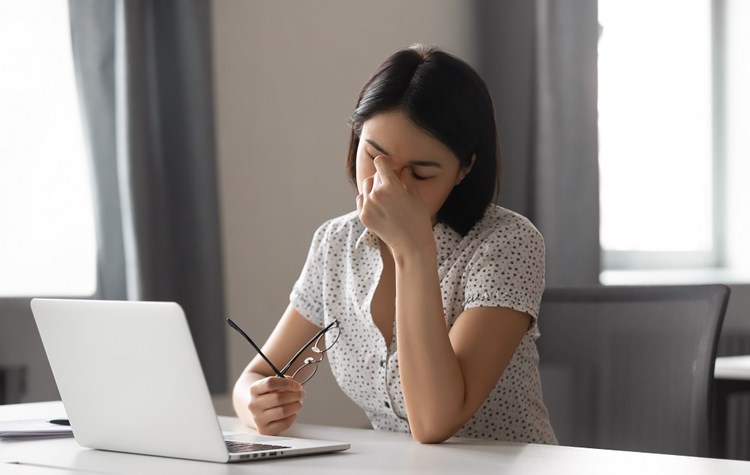If you’ve feeling tired or out of breath, there could be more to it than having lost your fitness during lockdown. Iron deficiency anaemia can be a cause of fatigue, breathlessness and other symptoms which you may be tempted to put down to a lack of activity.
According to charity Anaemia UK in 2019, two billion people – that’s over 30% of the world’s population at the time – were anaemic. So, what is anaemia, what are the symptoms of iron deficiency anaemia – the most common type of anaemia – and how can a referral to our experts help you on the road to recovery?
What is anaemia?
Anaemia is a condition where there is a deficiency in either the number or the quality of red blood cells. Red blood cells are responsible for transporting oxygen around your body which they do using a protein called haemoglobin.
There are many different types of anaemia, including pernicious anaemia (caused by a lack of vitamin B12) and sickle-cell anaemia (an inherited condition) and but iron deficiency anaemia is the most common.
According to the British Society of Gastroenterology, iron deficiency anaemia is a common cause for needing to see a gastroenterologist.
What causes iron deficiency anaemia?
Some premenopausal women can develop iron deficiency anaemia due to heavy periods, but bleeding from the GI tract is the most common cause in both adult men and postmenopausal women.
What are some common iron deficiency anaemia symptoms?
1. You feel more tired than usual
If there’s not enough oxygen reaching your muscles and tissues, your heart needs to work harder to move oxygenated blood around your body. This can leave you feeling tired or – in some cases – exhausted.
2. You may feel out of breath
In the same way, if oxygen-rich blood isn’t reaching your muscles, you’ll struggle to do your usual activities, even walking or climbing the stairs. Your breathing rate increases as your body tries to get more oxygen and you’ll find yourself breathing harder.
3. You may get headaches
It’s not clear what the link between anaemia and headaches is, but low levels of haemoglobin might prevent oxygen from reaching the brain. As a result, blood vessels in the brain can swell, increasing pressure and causing headaches.
4. You might have heart palpitations
If your heart is working harder to transport oxygen around the body, it can lead to irregular heartbeats.
5. Your hair and skin might look damaged and your fingernails more brittle
When hair, skin and nails are deprived of oxygen, they can become dry and weak. In some severe cases it can lead to hair loss.
6. Your hands and feet may feel cold
Less oxygen to the hands and feet can affect your circulation, and they may feel colder.
7. You may be more at risk of infection
As iron is needed for a healthy immune system, a lack of iron could mean you’re more susceptible to infections.
8. You might have strange cravings called pica
Pica is a craving for odd foods or non-food items such as dirt or paper. It most often occurs during pregnancy but can also be a symptom of anaemia.
9. You may develop sores around your mouth
Most of us have mouth sores or mouth ulcers from time to time, but if you’re deficient in iron these could appear more regularly.
How is iron deficiency anaemia diagnosed?
Iron deficiency anaemia is usually diagnosed with blood tests. Your GP or Consultant will take a small sample of blood and count the number of each type of blood cells in the sample and check how much haemoglobin your red blood cells contain.
They might also carry out other tests to see how much iron is carried within the haemoglobin. This will identify whether you have iron deficiency anaemia and how serious it is.
How is iron deficiency anaemia treated?
If you’re low in iron, you may need to take supplements to increase the level in your body. This is usually in tablet form.
Your diet plays a huge role in how much iron you get, so modifying your diet to include iron-rich foods is a good first step. Meat and seafood are a good source of iron or - if you’re vegetarian or vegan – you should include plenty of green, leafy vegetables such as spinach or kale, cereals or bread which have been fortified with iron as well as tofu, beans and pulses.
What should I do if I think I have iron deficiency anaemia?
Don’t wait. Talk to your GP who can refer you for a simple blood test at Benenden Hospital to check whether you’re anaemic or contact our Private Patient team about general surgery using our online enquiry form or by contacting us via Livechat or on 01580 363158.
Published on 03 June 2021







